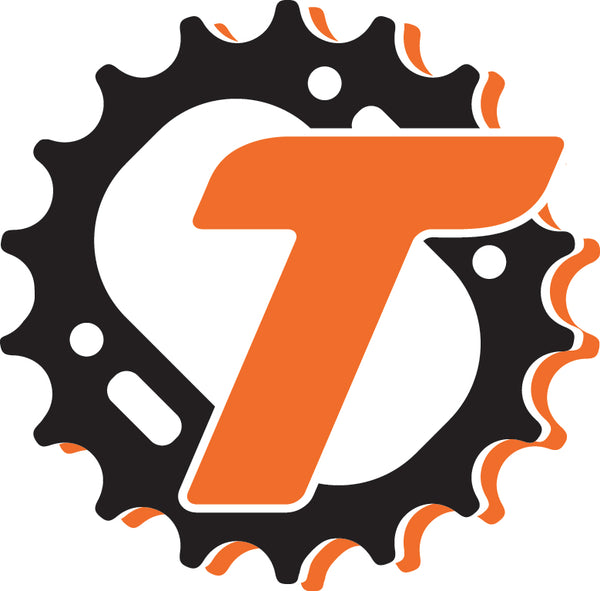Mastering the Long Ride
A Comprehensive Strategy for Sustainable Cycling Pace on Rides Exceeding 90 Minutes
The Engine Room: Physiology & Pacing
Understanding your body's energy systems is the first step to unlocking endurance. A sustainable pace is built on aerobic efficiency, conserving limited fuel stores for when they're needed most. Pacing is not about speed; it's about metabolic control.
Primary Energy Systems
Aerobic Metabolism
Fuel: Fats & Carbs
Dominant in Zone 2
Highly Sustainable
Anaerobic Metabolism
Fuel: Carbs Only
High-Intensity Bursts
Unsustainable
For endurance, the goal is to maximize reliance on the aerobic system to spare finite carbohydrate stores. This is achieved by training and riding predominantly in Zone 2.
Training Volume by Zone
An optimal endurance plan dedicates the vast majority of training time—approximately 80%—to low-intensity Zone 2 work to build a deep aerobic base.
Power Zone Sustainability for Long Rides (90+ min)
This chart illustrates the dramatic drop in sustainability as intensity increases. The primary sustainable pace for long-distance efforts resides squarely in Zone 2, with Tempo being sustainable for only limited periods.
The Fuel Plan: Nutrition & Hydration
Effective fueling is a continuous process. It begins before the ride, is meticulously maintained throughout, and is critical for recovery afterward. Proper hydration and electrolyte balance are equally non-negotiable for sustained performance.
Carbohydrate Intake by Ride Duration
Carbohydrate needs increase significantly with ride duration. For rides over 2.5 hours, intake of 60-90g/hr is recommended, requiring practiced gut training.
Optimizing Carbohydrate Absorption
Combining glucose and fructose (e.g., in a 2:1 ratio) utilizes separate intestinal transporters, allowing for significantly higher carbohydrate absorption rates beyond the ~60g/hr limit of glucose alone.
The Cost of Dehydration
4%
Body weight loss from dehydration can cause a significant drop in muscular work capacity.
Proactive hydration is key. Drink 500-750ml per hour from the start, adjusting for conditions, and include electrolytes for rides over 60 minutes.
Key Electrolyte Sources
Sodium
Sports Drinks, Pretzels
Potassium
Bananas, Dried Fruit
Magnesium
Nuts, Seeds, Leafy Greens
Replenishing electrolytes, especially sodium, is crucial for preventing cramps and maintaining muscle function during long, sweaty rides.
The Machine: Gear & Equipment
Your equipment is an extension of your body. Optimizing your bike fit, apparel, and components is not a luxury—it's essential for comfort, efficiency, and injury prevention over long distances.
The Layering System
Outer Layer
Wind/Waterproof
Mid Layer
Insulation
Base Layer
Moisture Wicking
A three-layer system allows you to adapt to changing conditions, staying dry, warm, and protected from the elements.
Optimal Cadence for Efficiency
Maintaining a cadence of 80-100 RPM reduces muscular strain and improves efficiency, preventing injury and fatigue from "grinding" low gears.
Impact of Bike Fit
Efficiency & Comfort
A professional bike fit is the single most important investment for long-distance comfort, preventing pain in the back, neck, and knees, and ensuring optimal power transfer.
The Blueprint: Training & Adaptation
Endurance is built, not born. A structured training plan based on progressive overload, consistency, and a blend of intensities is the proven path to a stronger, more resilient athletic self.
The Principle of Progressive Overload
To continuously improve, training stress must gradually increase over time. This applies to both the duration of Zone 2 rides and the intensity or number of high-intensity intervals.
Sample Weekly Training Distribution
A balanced week for a time-crunched athlete combines foundational Zone 2 rides and targeted interval sessions and essential strength work, all built around adequate recovery.
The Mind Game: Mental Fortitude
Long-distance cycling is as much a mental challenge as a physical one. Cultivating mental resilience through goal setting, positive self-talk, and embracing discomfort is the key to pushing through when the body wants to stop.
The Power of Your "Why"
A strong, intrinsic motivation (your "Why") anchors all other mental strategies. It provides the reason to execute process goals and persevere when outcome goals seem distant.
Embrace Discomfort, Don't Fight It
Scientific evidence suggests that even a forced smile can release endorphins, reducing the perception of effort. Learning to differentiate discomfort from injurious pain and employing distraction techniques are vital skills for any endurance athlete.
- Segment the ride into smaller parts
- Focus on a rider ahead
- Count pedal strokes
- Recite song lyrics or a mantra
